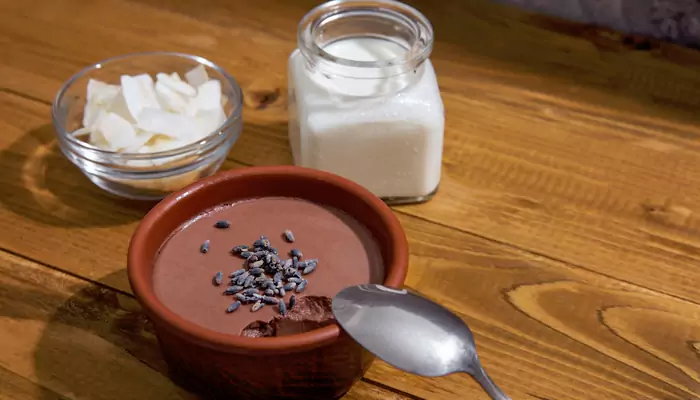
Baking is both an art and a science, and for many, it’s a delightful way to create delicious treats and share love through food.
However, when you transition to a vegan diet, the thought of achieving the same luscious textures in cakes, cookies, and pastries without the use of dairy can be daunting. Fear not, fellow bakers! With a bit of knowledge and creativity, you can achieve the perfect texture in your vegan baked goods. Here’s how to master the art of vegan baking and ensure your treats are as delectable as ever.
Switching to vegan baking doesn’t mean you have to compromise on texture or flavour. In fact, many vegan alternatives can yield baked goods that are just as moist, fluffy, and delicious as their dairy-filled counterparts. The key lies in understanding how to substitute common dairy ingredients with plant-based alternatives and knowing a few tricks of the trade to get the best results. Whether you’re a seasoned baker or a newbie in the kitchen, this guide will help you achieve the perfect texture in your vegan treats.
Before diving into substitutions, it's important to understand why dairy is used in baking. Dairy products like butter, milk, and cream add moisture, richness, and a tender crumb to baked goods. They also contribute to browning and flavour. Therefore, finding suitable replacements that mimic these properties is crucial for successful vegan baking.
Soy, almond, oat, and coconut milk are excellent substitutes for cow’s milk. Each type has a slightly different consistency and flavour, so choose according to your recipe’s needs. For instance, almond milk is light and versatile, while coconut milk adds richness and a hint of coconut flavour.
There are numerous vegan butters available that perform similarly to dairy butter in baking. Alternatively, you can use coconut oil, which adds a unique flavour and richness.
Unsweetened soy, almond, or coconut yogurt can replace sour cream or yogurt in recipes, providing moisture and a tender texture.
Almond butter, peanut butter, and tahini can add richness and moisture to baked goods, making them an excellent alternative for butter in some recipes.
Vegan baked goods can sometimes be dry or crumbly if not enough moisture is added. Ingredients like applesauce, mashed bananas, or pumpkin puree can add moisture and help bind ingredients together.
Baking powder and baking soda are crucial for creating lift and a light texture. Ensure your leavening agents are fresh, as they lose effectiveness over time.
Overmixing can lead to tough baked goods. Mix ingredients just until combined to avoid overdeveloping the gluten in your flour.
Dry or Crumbly Texture – Increase the amount of plant-based milk or add a bit of applesauce or another moisture-retaining ingredient.
Dense Texture – Ensure you’re using the right amount of leavening agents and that they are fresh. Also, avoid overmixing your batter.
Lack of Flavour: Enhance flavours with a touch of vanilla extract, a pinch of salt, or a bit of citrus zest.
Vegan baking may require a bit of experimentation, but with the right substitutions and techniques, you can create delectable treats that rival any traditional recipe. Understanding the role of each ingredient and how to replace it effectively is the key to achieving the perfect texture. So, roll up your sleeves, gather your plant-based ingredients, and get ready to bake some mouth-watering vegan goodies. Your taste buds – and your non-vegan friends – won’t even notice the difference!